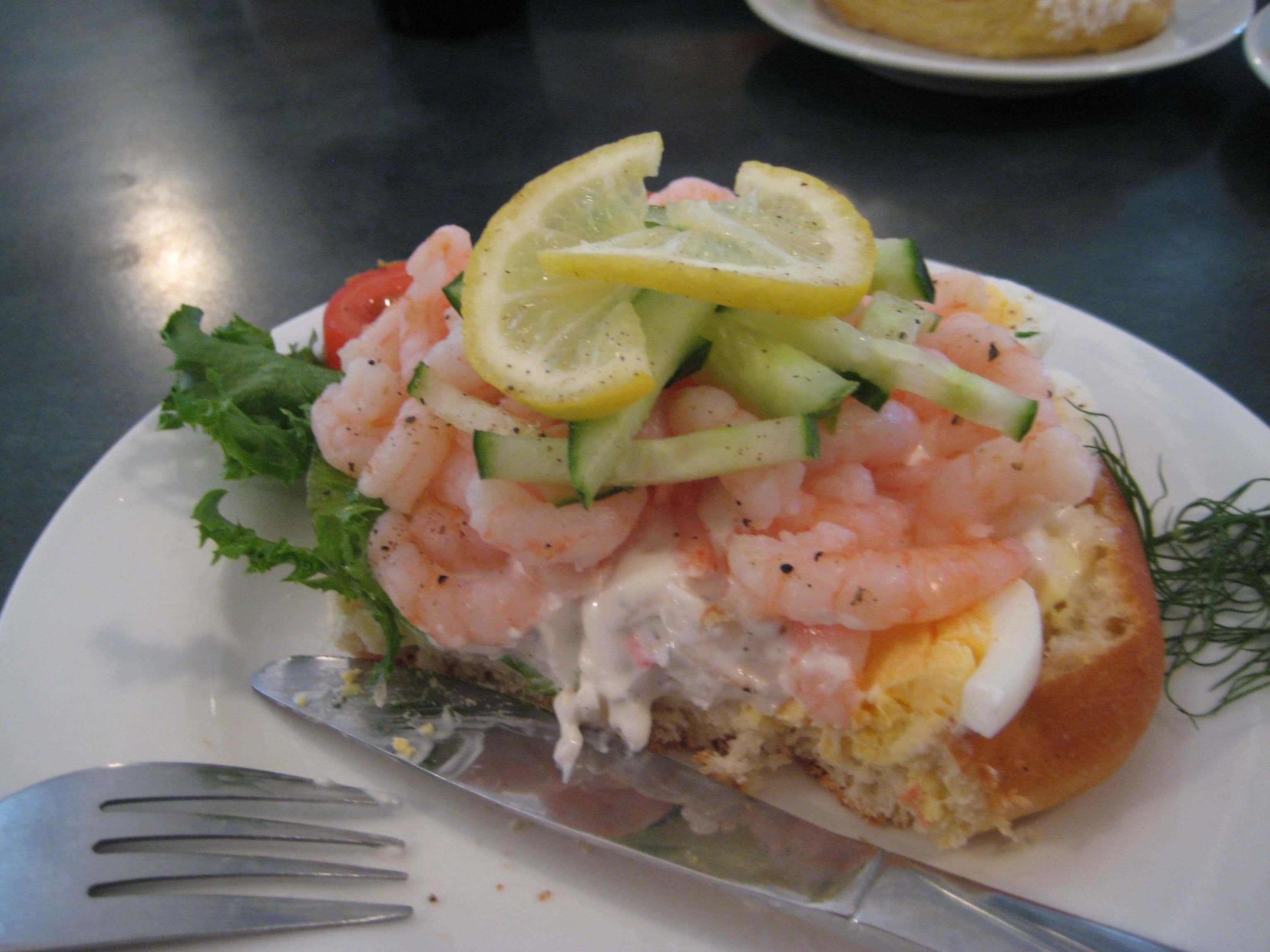SITHCCC0025 – Prepare and present sandwiches
In this unit you will learn how to;
- Select ingredients
- Make sandwiches
- Present and store sandwiches
Introduction
The humble sandwich was invented by the Earl of Sandwich. Both the Earl and his companions required sustenance during a late nights gambling session. The Earl placed slices of roast beef between two slices of bread and the sandwich was born.
These days the sandwich is not necessarily so humble. With the range of breads, fillings and spreads currently available, plus some imagination, the sandwich can be a gourmet delight, used for many purposes – as a breakfast meal or a light lunch; as an entrée (bruschetta), main course (doorstops or burgers) or as finger or cocktail food.
Select ingredients
Sandwiches of all kinds are made on a daily basis in many establishments. They are very versatile and can be served as breakfast dishes, lunch time snacks, afternoon tea, from a buffet or from take-away menus.
While a basic sandwich generally consists of a filling between two slices of bread, the modern day sandwich also uses many different styles of bread and a vast variety of spreads – all of which should be fresh and of high quality. Flavour combinations in the sandwich should be well matched and complement each other and, of course, hygiene is of upmost importance.
Confirming Sandwich Requirements
As outlined above, sandwiches are no longer a simple matter of a slice of cheese between two pieces of white bread and any establishment preparing sandwiches as part of its offerings must have a wide variety of breads and fillings available if they are to satisfy customer requirements.
These requirements can encompass everything from the very simple to complex dishes involving many different ingredients. Some organisations will have recipes for the sandwiches they offer and these can help in determining the exact ingredient to be used.
Standard recipes for sandwiches can be as simple as the chart below ensuring a standardised filling, spread and garnish that has been calculated to make a profit. It can also ensure that, if the customer returns for the same sandwich combination and a different chef is preparing the product that day, the customer will receive exactly what they are expecting.
Sandwich Styles
There are many varieties of sandwiches these days so understanding ingredient requirements and proper mise en place is essential to ensure an efficient workflow.
Examples of standard styles of sandwiches can include;
- Conventional
- Bookmaker sandwich
- Bauru
- Chequerboard
- Chivito
- Club sandwich
- Cocktail sandwich
- Filled rolls
- Finger sandwich
- Pinwheel sandwich
- Pullman sandwiches
- Tea sandwich
- Sliders
[a full description of each sandwich style is provided in the learner guide]
In addition to these, sandwiches (or wraps) can be made from a variety of flat bread (which will be covered shortly)
Toppings and fillings can be warm (bacon, chicken, lamb etc.), grilled or melted (cheeses). Various salad dressings (ranch, onion, mayonnaise or chutneys) etc. can be used to add flavour and moisture. Tomato sauce and barbecue sauce are often used on burgers and steak sandwiches.
The variety of fillings and the presentation methods are enormous and sandwich breads can be fresh, toasted, grilled or fried with hot or cold fillings.
Bread Types and Fillings
Breads of various types form the basis of a sandwich. Each product will have its own specific requirements in terms of preparation and handling. However, all products must be handled in such a way as to:
… continues in learner guide ….
For purchase information go back to hospitality unit page
